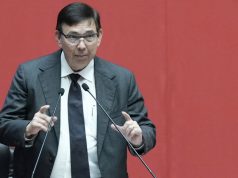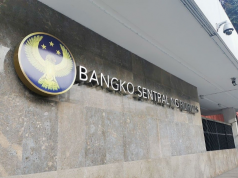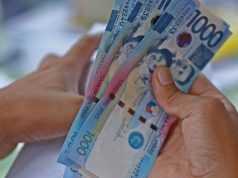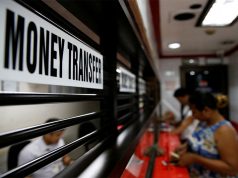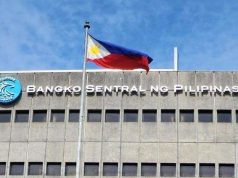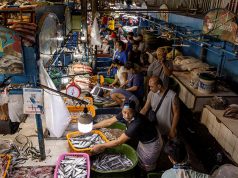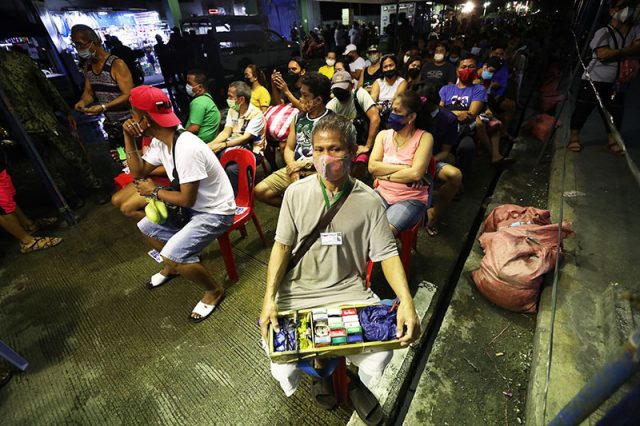
- April CPI increase lowest since August 2022
- Slower CPI rise builds case for tightening cycle pause
- Inflation on track to settle within 2%-4% target in Q4
MANILA (Updated 10:38 a.m.) — Philippine annual inflation was on track to settle within the government’s 2% to 4% target in the fourth quarter after it eased further in April owing to lower food prices, officials said on Friday, building the case for pausing interest rate hikes.
The consumer price index PHCPI=ECI rose 6.6% in April from a year earlier, marking the slowest pace of increase since August, and was below the 7.0% forecast in a Reuters poll.
“The recent inflation numbers indicate that we are on track to managing inflation to within target sometime in the fourth quarter, if not sooner,” Finance Secretary Benjamin Diokno said in a statement.
Slower inflation in April builds the case for the Bangko Sentral ng Pilipinas (BSP) to forego an interest rate hike at its meeting on May 18, analysts said, even as the U.S. Federal Reserve raised its rates by 25 basis points this week.
“Today’s report increases the chances for a pause from the BSP at the May 18,” said Nicholas Mapa, an economist at ING.
To tackle inflation, the BSP has raised interest rates PHBCIR=ECI by 425 basis points to 6.25% since last May.
Robert Dan Roces, chief economist at Security Bank said he also expected the central bank would keep rates on hold this month, but added the BSP would want another round of data before deciding to end its hiking cycle.
Core inflation, which strips out volatile food and fuel items, slowed slightly to 7.9% from March’s 8.0%.
The BSP, which projected April inflation at 6.3% to 7.1%, said last month it might pause its 10-month tightening cycle if inflation slowed further in April.
The BSP said on Friday it “remains committed to adjusting the monetary policy stance as necessary to prevent the further broadening of price pressures as well as the emergence of additional second-order effects.”
Upside risks to inflation remained given the threat of an El Nino weather pattern and the resurgence of African Swine Flu, the economic planning agency said in a statement.
—Reporting by Neil Jerome Morales and Enrico dela Cruz; Editing by Martin Petty and Jamie Freed




